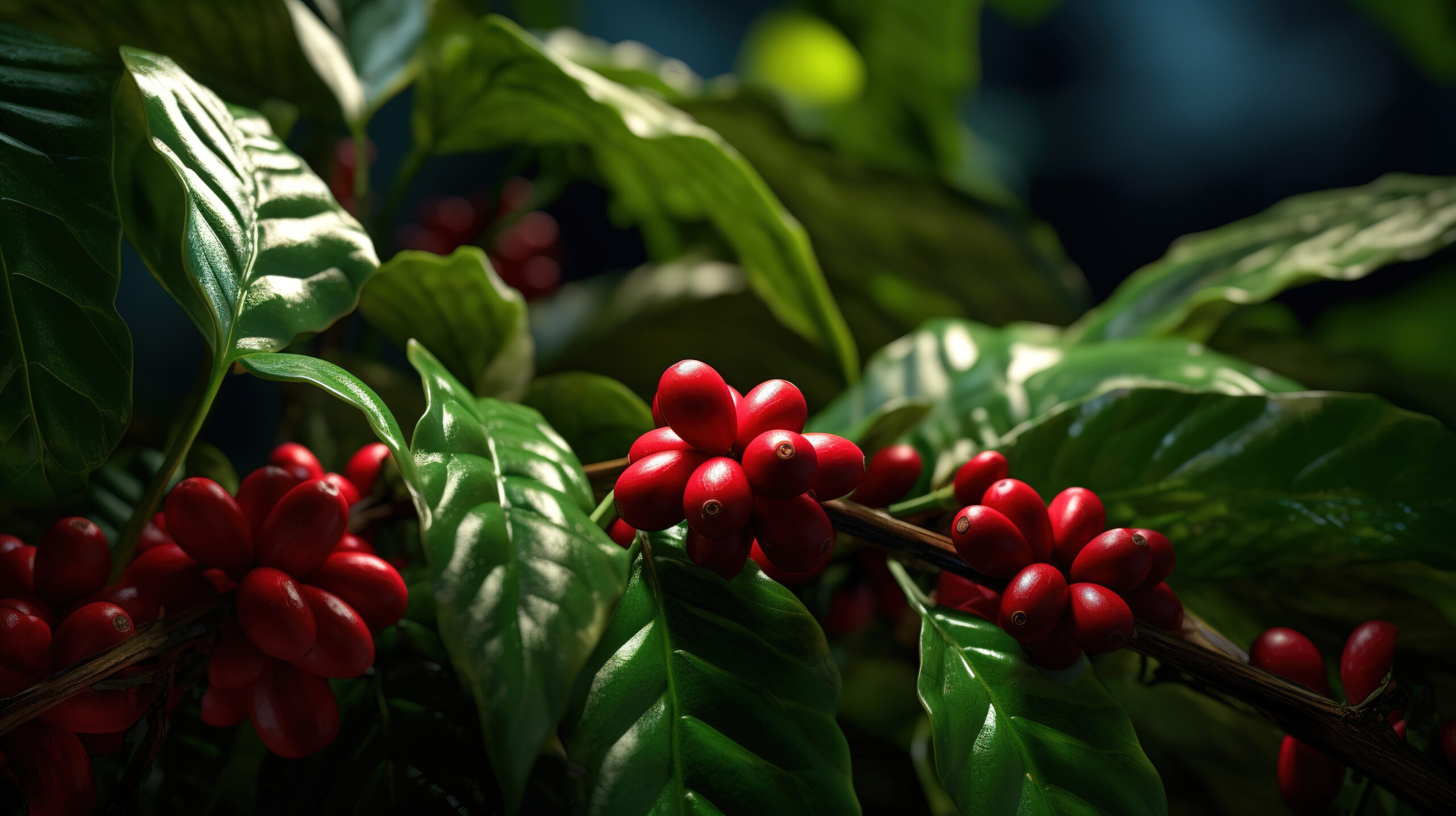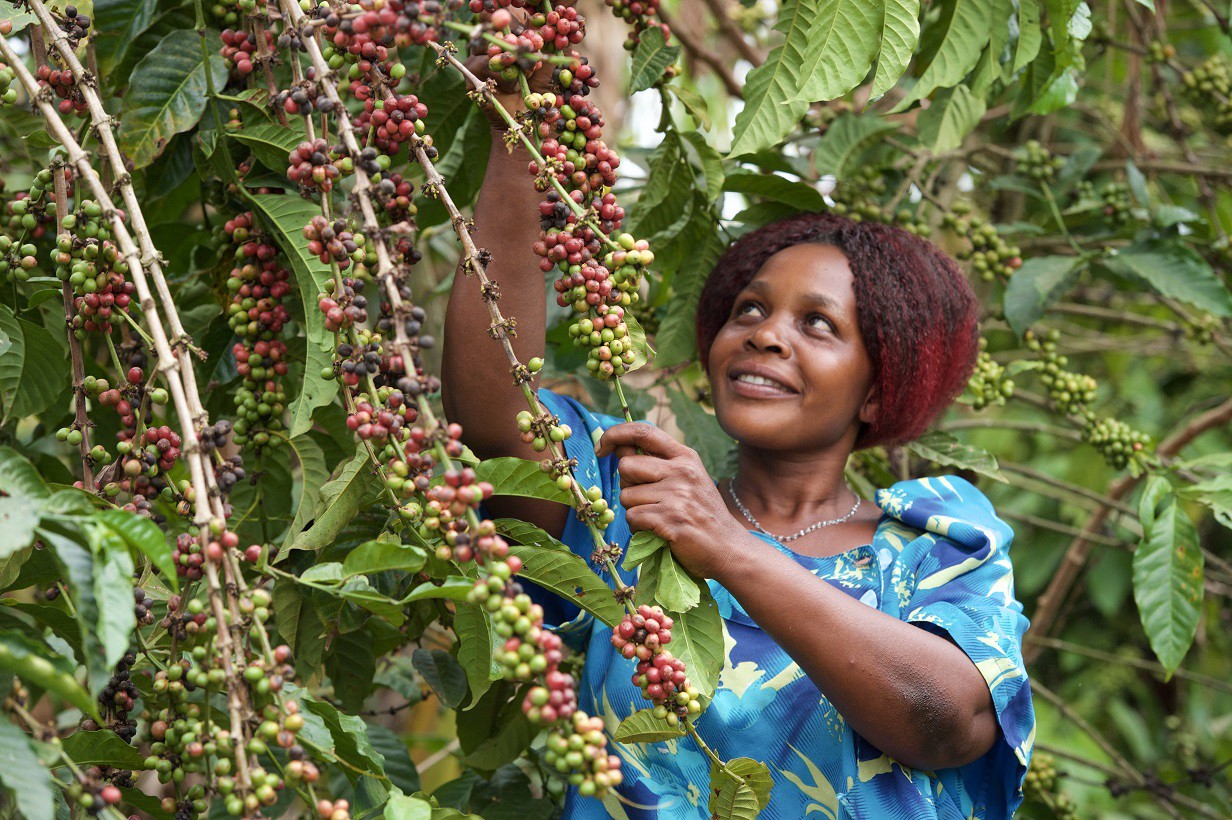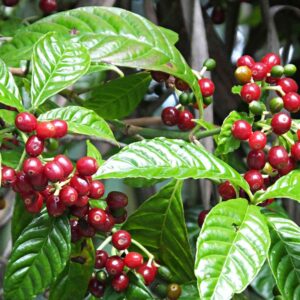
Store
Ethiopia Green Coffee
The west is dominated by fertile and densely populated lands and vast and singular savannas in the east – Ethiopia is a country of natural contrasts. Additionally, this East African gem has had only a low Western influence. Its rich cultural heritage has transformed this country into what different religions and ethnicities call their home country today. In addition, Ethiopia is where coffee production was created.
Ethiopia is considered the fifth of coffee and is famous for being in the forest of the Caffeine region where Joffea Arabica grew wild.
Currently, there is a typical “small owner” structure in the country. This means a large number of farmers with typically small productivity put together their albumins, bringing them to central washing stations rather than recycling coffee in their cars. At washing stations, the lobby is carefully diversified before recycling. Only fully grown and red albanians find their way to the pulp to ensure homogeneous and consistent quality. Often, this homogenous quality is also provided by hand-to-hand assessment, mainly by women.
Special care and sacrifice are definitely reflected in the cup: Ethiopian coffees are very complex with their flower and fruit peaks while maintaining a balanced body and exciting taste. 40 percent of the industry is said to be consumed domesticly because Ethiopians themselves value their coffee highly. It makes Ethiopia the world’s largest coffee consumer among producing countries. Coffee was already rooted in Ethiopian culture before it was exported. The traditional coffee ceremony, which still applies today, brings the family and neighbors together in a daily working pattern.
Usually making coffee does an honorable job of doing the woman of the house. The lobbies are first roasted in an open fire on the ceiling, then scratched with wooden debris and added to boiling water for a minute or two. Once the water is delicious, it is filtered and served in an artist’s way. The land is fertilized three times for one ceremony. Whenever Philip is in Ethiopia and lucky enough to get an invitation for a cup of coffee, he is confident he will take part in all three rounds of the folding ritual because he can’t be satisfied with one of his favourite coffees being celebrated with this skill.
Coffee regions:
Sidamo, Yirgacheffe, Limu, Jima, Lekempti, Harrar
Types: Traditional varieties
Height: 1,400 to 2,200 feet [1,400 to 2,200 m]
Harvest period: October-February
Annual productivity (60 kg bags):
6,000,000(6,000,000 Arabica)




